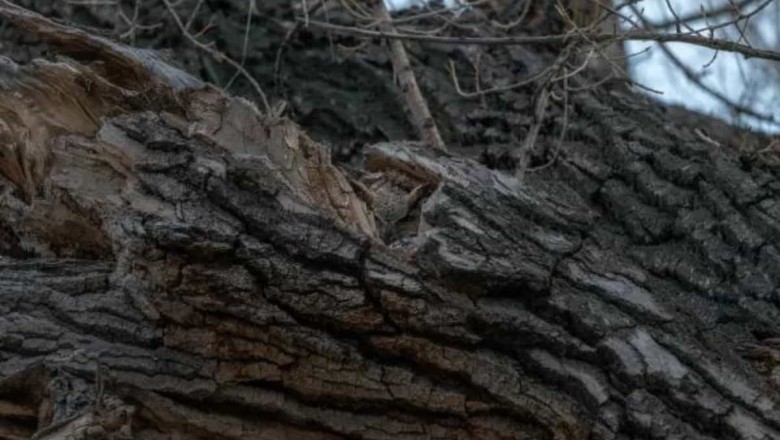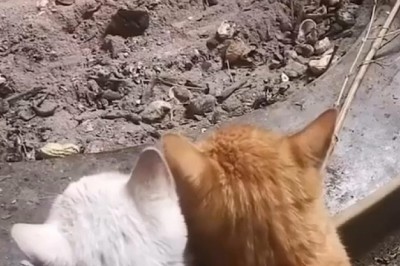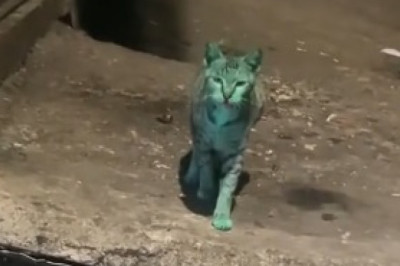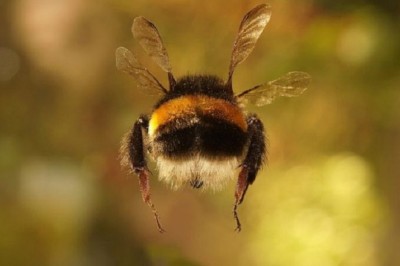Try to Find the Hidden Owl in the Tree in Less Than 10 Seconds
Nature's camouflage abilities never fail to astonish, as evidenced by a recent photograph of a snowy owl near Denver, Colorado. The owl seamlessly blends into the tree bark, making it nearly impossible to spot at first glance. The image features a palette of neutral tones, effectively merging the owl with its surroundings. Those who manage to locate it within a matter of seconds undoubtedly possess keen eyesight.
If you find the task daunting, focus your attention on the central part of the picture, where a broken piece of bark reveals the owl's menacing eyes. Partially visible, the owl adds an extra layer of intrigue to the challenge. 

The mastery of camouflage in the natural world has always been a subject of fascination and admiration for both scientists and nature enthusiasts. From chameleons changing their skin colors to match their surroundings to insects imitating the appearance of leaves, various species have evolved incredible adaptive mechanisms to ensure their survival in the wild. Owls, in particular, are renowned for their exceptional ability to remain inconspicuous in their habitats.
The snowy owl, known for its striking white plumage and piercing yellow eyes, typically inhabits Arctic tundras and open fields, where its pristine coloration serves as effective camouflage against the snowy landscape. However, the recent photograph captured a surprising moment where this majestic bird of prey successfully concealed itself within the intricate patterns of a tree's bark, showcasing its adaptability beyond its usual snowy terrain.
This natural camouflage strategy serves multiple purposes for the owl. Firstly, it acts as a means of defense, allowing the bird to remain hidden from potential threats such as predators or human disturbances. Secondly, it aids in hunting, as the owl can patiently await unsuspecting prey while remaining undetected. This blend of survival tactics and hunting prowess reflects the owl's exceptional predatory skills, making it a formidable and stealthy nocturnal hunter.
In the context of the photograph, the challenge to spot the hidden owl within ten seconds not only highlights the intricacies of nature's design but also serves as a test of observational skills for the viewer. It underscores the importance of paying attention to detail and discerning even the slightest visual cues that might reveal the presence of a well-concealed creature. The task encourages individuals to adopt a more attentive and perceptive approach to their surroundings, fostering an appreciation for the beauty and complexity of the natural world.
Moreover, the challenge prompts us to contemplate the significance of environmental awareness and conservation efforts. As human activities continue to impact various ecosystems and endanger countless species, the ability to recognize and appreciate the delicate balance of nature becomes increasingly crucial. Understanding the intricacies of natural camouflage and the ways in which different species adapt to their environments can inspire a deeper sense of respect and responsibility toward the preservation of biodiversity.
In essence, the endeavor to spot the hidden owl not only serves as a delightful visual puzzle but also serves as a reminder of the marvels of the natural world and the need to protect and conserve it for future generations. As we strive to navigate an ever-changing world, embracing the beauty and complexity of nature's camouflage serves as a powerful reminder of the wonders that surround us and the importance of preserving the diverse ecosystems that sustain life on Earth.






















Comments
0 comment